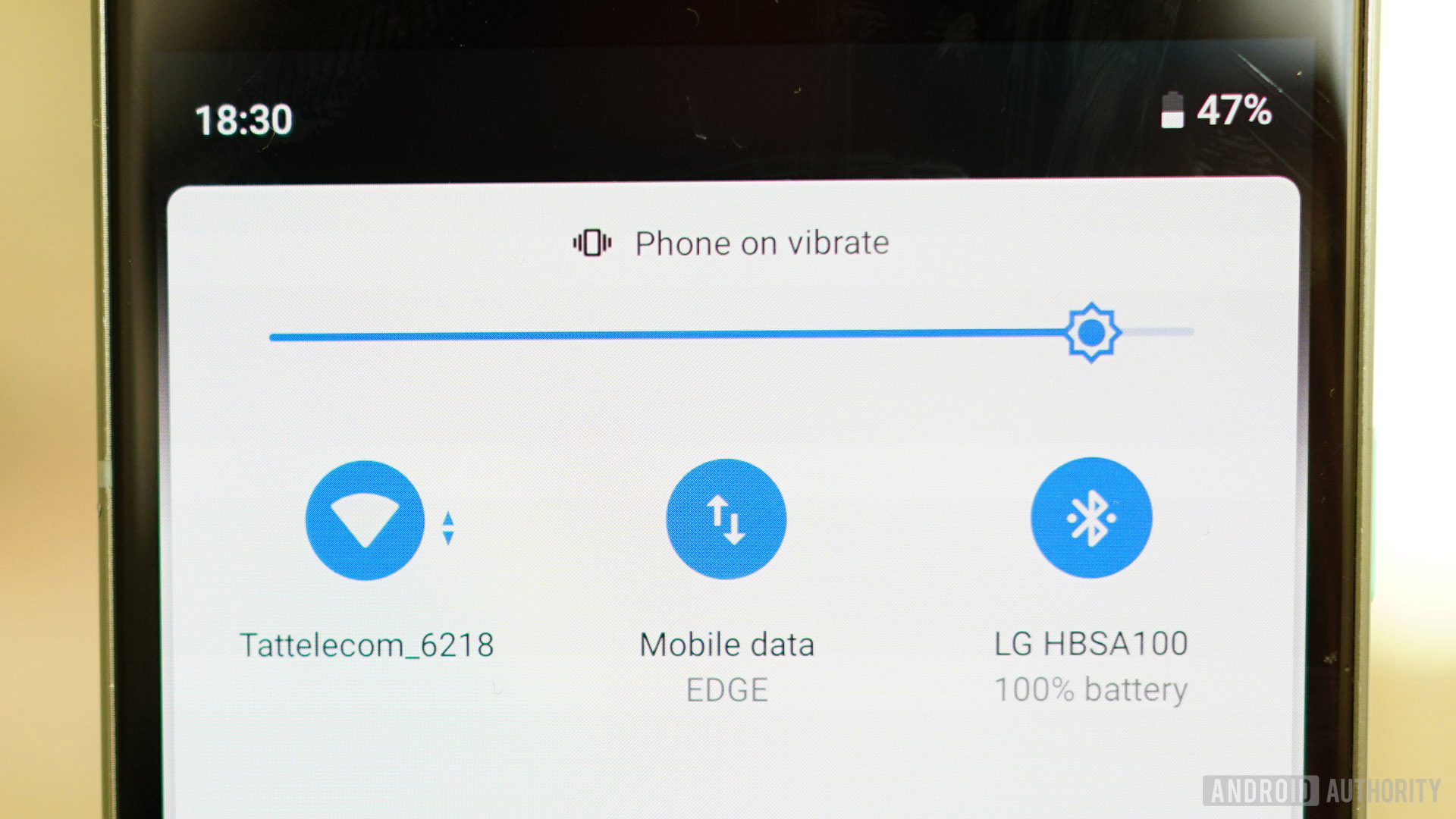Affiliate links on Android Authority may earn us a commission. Learn more.
Wi-Fi at 20: The internet's most important tech is about to grow up
June 22, 2019

Earlier this year, an important expedition took place in the Himalayas at the foot of Mount Everest. The goal was not to summit the world’s highest peak, but to provide internet access to the climbers and their guides in the form of Wi-Fi. Yes, base camp on the Khumbu Glacier in Nepal now offers Wi-Fi, like any civilized place should.
Wi-Fi has come a long way since 802.11b was cobbled together in 1999. The wireless networking technology has increased speeds a thousand-fold from 11Mbps to nearly 10Gbps — and somewhere along the way became synonymous with the internet itself.
Looking back
When asked what Wi-Fi’s greatest strength is, Kevin Robinson, VP of marketing for the Wi-Fi Alliance, told Android Authority, “It delivers affordable performance that no other tech can offer for the price.”
Wi-Fi is everywhere. There are more than 13 billion active Wi-Fi devices deployed around the globe. The tech already moves more than half the world’s daily internet traffic at some point, and this is only expected to increase.
Think for a moment where you use Wi-Fi: At home, the office, school, coffee shops, the airport, public parks, heck, even campgrounds and airplanes. Today, you can stream live television and video-on-demand at 35,000 feet thanks to in-flight Wi-Fi.
There are more than 13 billion active Wi-Fi devices deployed around the globe.
Smartphones likely played a big role in the widespread adoption of Wi-Fi more than a dozen years ago, remarked Robinson. Devices such as the original iPhone, which were limited to 2G networks, relied on in-home Wi-Fi for the needed high-speed connections to iTunes and the App Store. When Wi-Fi-equipped smartphones boomed, so did the larger ecosystem as a whole.
In the time since, Wi-Fi has quite literally bridged the digital divide. It provides a lifeline in third-world countries where cellular networks are impossible or impractical to maintain; it connects billions of us to our apps and content every day; and, yes, it also provides a link to the world from the planet’s tallest mountain.
Now that it is 20 years old, some consider it a middle-aged technology. One might think it’s hard to maintain the pace of innovation, but “it almost feels like we’re accelerating,” noted Robinson.
Looking ahead

The organization is anticipating the launch of Wi-Fi 6 later this year. The next-gen version, technically called 802.11ax, promises a 30 percent jump in speeds, better security, and better performance when lots of devices are connecting to the same network.
Wi-Fi 6 makes better use of the available spectrum. The efficient use of the airwaves frees up air time for more devices. This means large systems, such as those in stadiums, will be able to handle more connections even from older equipment. It also adds support for WPA3, the new security protocol that will better protect devices and the networks themselves. For example, businesses and governments will be able to take advantage of a 192-bit security suite for encrypting sensitive communications. The new standard will make it simpler and less painful for devices without screens to connect, as well.
The Alliance expects Wi-Fi 6 Certified equipment to being shipping in volume later this year and through the beginning of 2020. It’s possible we will see the first Wi-Fi 6 smartphones as soon as the fall months. (Perhaps Samsung will lead the way with the Galaxy Note 10?)
“The next 20 years are going to be as exciting as the first 20,” concluded Robinson. Considering what Wi-Fi already provides, what more could we possibly have to look forward to?